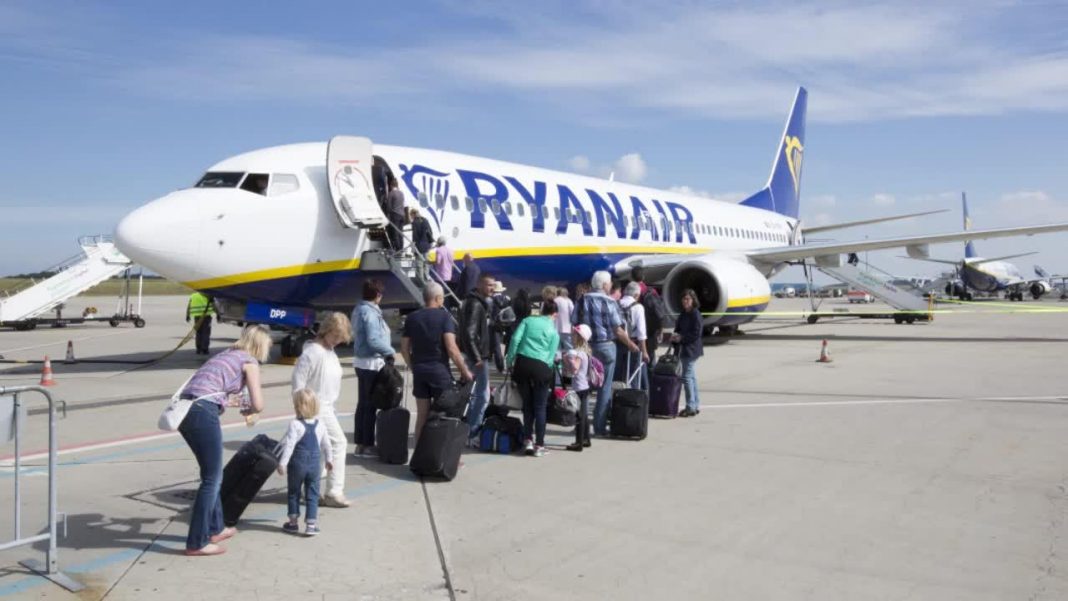Ryanair once again transported more passengers through Spanish Airports than any of its rivals. Despite the wave of cancellations brought about by a flight planning problem the low-cost airline maintained its position as the busiest carrier in airports operated by AENA in Spain .
The company, which is led by the compelling Irish entrepreneur Michael O’Leary, carried 3.67 million passengers through Spanish airports, 1.2 million more than its closest competitor Vueling, the second ranking airline in Spain, according to data provided by Aena. Ryanair actually increased passenger traffic in September by 10%.
Iberia, with 1.27 million travellers was third, although if all the other customers who used the Iberia network, which includes its low-cost subsidiary, Iberia Express (486,189 passengers in September) and Air Nostrum (397,794 passengers) are taken into account, it would be placed second with 2.16 million passengers.
However, if the data was ordered by company groups and not individual brands the IAG corporation – which comprises Iberia, Vueling and British Airways – comes out on top, having flown a total of 4.62 million passengers during the month.
Of the other airlines, Easyjet transported 1.46 million passengers in September, well ahead of Air Europa (936,828 passengers), while Norwegian increased to 741,137 customers in Spain. Air Berlin traffic was down to just 24,324 passengers, following the company bankruptcy.
AENA’s passenger numbers at domestic airports help to confirm Ryanair’s momentum on a global scale. The Irish low-cost carrier managed to increase passenger traffic last September by 10% compared to the same month last year.
According to figures released by Ryanair itself the airline carried 11.8 million passengers, despite having to face the first of it’s three cancellation announcements totalling 2,100 flights from mid-September to the end of October affecting over 300,000 passengers..
The company clarified on Tuesday that they have reimbursed or relocated on other flights or alternative routes 98% of the passengers that were affected by this first wave.





